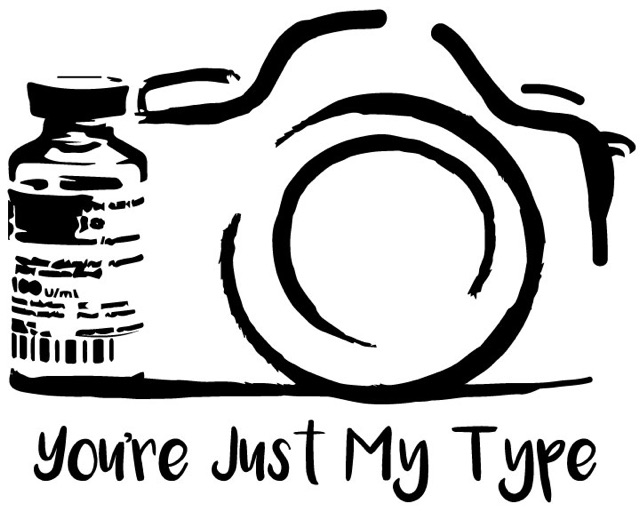Age: 37 Year Diagnosed: 2001 Location: Los Angeles, CA
"I have had Type 1 Diabetes for 15 years now, so not much about it embarrasses me anymore. Also, I am not easily embarrassed… However, one thing that sticks out in my mind as a reoccurring frustration is that it takes me much longer to do pretty much EVERYTHING than other people. Leaving the house, exercising, hiking, sightseeing, boating, going to a theme park, or on an airplane… Anything ordinary can become a life-threatening emergency if I don’t have all of the right supplies with me. Supplies like insulin can become useless if they get overheated, so I really have to plan if I am doing something outdoors. I have to plan and pack extra supplies, always. At all times I need a source of fast acting sugar, some stabilizing protein, a way to clean my hands and test my blood sugar and of course, insulin.
I like to be spontaneous and do things on the fly, it is part of who I am, but Diabetes makes me have to plan and sometimes when I am with my friends or family I feel like I am holding everyone up. It is incredibly anxiety inducing when you forget something that you need for basic survival.
Here is an example of why it takes me longer to do things most people just do without even thinking. If I want to eat I have to go through multiple steps to get there:
Step 1.) Wash my hands with soap and water and dry them thoroughly.
Step 2.) Prick my finger and test my blood sugar.
Step 3.) Determine how much insulin I need to take based on factors such as a.) my current blood sugar b.)How many carbs are in the food I am about to eat c.)How much insulin I may still have on board from previous doses d.)How much exercise I have done and/or sun and heat exposure I have had, because this will increase my insulin sensitivity. I use a couple of apps and some educated guessing to make adjustments to my recommended dosing.
Step 4.) Figure out the timing of taking my insulin based on the protein and fat content of my food.
Step 5.) Fill a syringe with the properly guesstimated amount of insulin and inject it subcutaneously without hitting a nerve or vein and causing bruising or blood to go everywhere.
Step 6.) Enter all of this data in my Rapid Calc app on my phone to keep track of blood sugar numbers, carbohydrates eaten, insulin doses taken and hopefully improve future guesstimations.
Now I get to eat! But at this point I have usually missed out on some good table conversations and everyone else is already halfway through their meal.
Most people that I am close to understand that I have to do all of these things and most people are patient. But I can also tell that even some people who are being patient are irritated that they have to wait for me to do things. And I have to remind myself that I have to be focused and not rush while I am taking care of myself for fear of missing out or keeping up; because making mistakes with insulin can lead to serious and even deadly consequences."
Kate also writes a diabetes-related blog,www.bloodandnumbers.com, go check it out.

